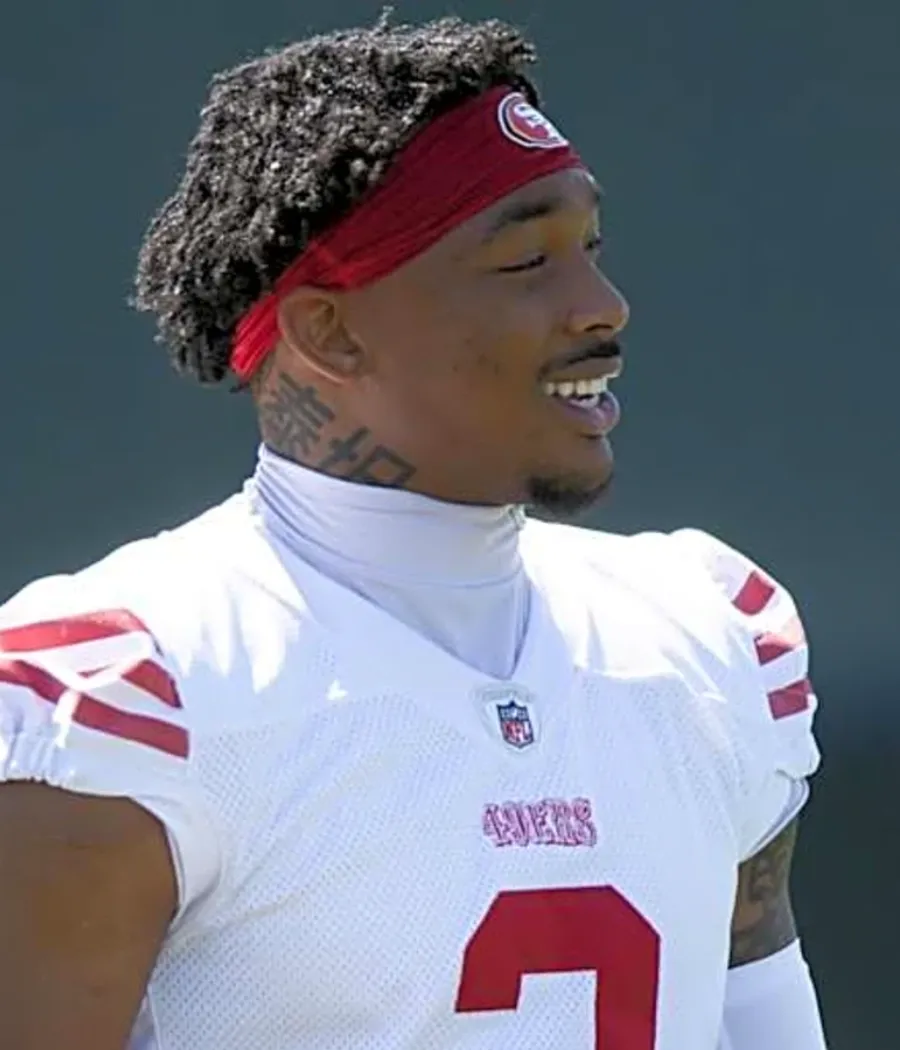There’s a pretty big difference between last June and this one for Oliver Ekman-Larsson. Last year, Ekman-Larsson was averaging around three hits a night and being heralded for his role in the Panthers march to the Stanley Cup. This season, Ekman-Larsson is sitting at home watching the Panthers after getting bounced by them in the second round, never producing the same tenacity that aided the Panthers in their cup run and leaving Leafs fans wondering if Ekman-Larsson is the right fit or a salary cap burden on the Maple Leafs. The difference being that Paul Maurice and the Panthers embraced the limitations of Ekman-Larsson’s game and the Leafs spending the better part of the 2024-25 season and playoffs asking the 33-year-old defenceman to push his limits. It work out as well.

How the year went
The year started strong for Ekman-Larsson. Maybe it was not knowing what to expect of him, but initially the defenceman looked like a strong two-way option to help create offence from the backend while bringing a bit of a physical presence. After the Rielly-Tanev experiment fizzled and someone new needed to play on Rielly’s right side, Ekman-Larsson briefly looked like that solution creating a strong puck moving duo, and bringing comparably to Rielly, a stronger defensive game to the pairing. Rielly would be Ekman-Larsson’s most frequent partner throughout the year but would really only play just over 1/3rd of his total 5v5 time on ice with Morgan. Ekman-Larsson saw plenty of time with Tanev while McCabe was hurt, would finish the year with Simon Benoit, a partnership that continued into the playoffs, and he would also see significant time with Jake McCabe and Conor Timmins as well. Outside of very limited runs with Philippe Myers and Brandon Carlo, Ekman-Larsson played with all of the Leafs defensive regulars for significant amounts of time, finding his best fit with Jake McCabe (that early year success before the Rielly-Tanev pairing was broken up) and on paper, the Ekman-Larsson and Timmins pairing was good, largely because of the increased sheltering the duo received.
Ekman-Larsson was one of Craig Berube’s all purpose defencemen. After Morgan Rielly, Ekman-Larsson had the second highest powerplay and overtime ice time out of Leafs defencemen, he was in the top four for time shorthanded as well, and after Rielly and McCabe for even strength time on ice as well. After spending the 2023-24 season as Florida’s 5th defenceman, he was essentially Toronto’s third defenceman based on time on ice. This over utilization and lack of corresponding results is a big part of why the Leafs needed to spend big on the Brandon Carlo acquisition at the trade deadline.
Oddly enough, the playoffs might still be a bright spot for Ekman-Larsson. By no means did he emulate the success that he had on the Panthers, but while playing the third most 5v5 minutes of any Leafs defenceman, he was on ice for only seven goals against (Benoit had the team low of six.) No longer responsible for penalty killing and splitting second unit powerplay duties with Morgan Rielly while running five forwards on the top powerplay meant that OEL was often the freshest set of legs at even strength. It might not of have been ideal utilization of Ekman-Larsson, but comparitively to the other Leafs defencemen he was a bright spot in the playoffs.
Statistical profile
| Category | Production | NHL Rank |
| Corsi For% | 48.58 | 210th |
| Fenwick For% | 48.44 | 221st |
| Shots For% | 49.41 | 185th |
| Goals For% | 54.05 | 105th |
| Expected Goals For% | 48.51 | 207th |
| High Danger Corsi For% | 50.53 | 151st |
| PDO | 1.016 | 91st |
5v5 data from Natural Stat Trick, ranks based on skaters with 1000+ minutes 5v5
Aided by a high PDO, and an even higher on-ice save percentage (92%, ranked 75th in the league), Ekman-Larsson ended the year with a pretty favourable 5v5 goal differential. That’s certainly something you want to see even if a good chunk of that time was spent on a third pairing. Ekman-Larsson’s offensive abilities with bottom six offensive players like Max Domi, Max Pacioretty, Bobby McMann, and Nick Robertson was also likely a plus in this situation as other teams might have had more chances, they were having those chances with less capable finishers than Ekman-Larsson was on the ice with. Some of that also shows up in the high danger differential.
Interestingly, according to PuckIQ, Ekman-Larsson spent around the same time on the ice against top competition as Jake McCabe and Chris Tanev. While there were certainly times of the season that the Leafs seemed to be trying to reduce those matchups, when looking at Ekman-Larsson’s results it is important to remember that Craig Berube wasn’t going easy on him.
Looking at Ekman-Larsson’s season, it’s not fair to put much criticism on him. He was being asked to do too much by Craig Berube, at times out of necessity there as well, which means an even greater responsibility for Ekman-Larsson’s year might fall on Brad Treliving. While Ekman-Larsson’s contract probably still warrants some consideration on the part of the Leafs for seeing if there is a cheaper or younger option who is a better fit on Toronto’s blueline than OEL, it seems that Toronto should take a page out of Florida’s book and embrace the idea of Ekman-Larsson as a strong 5th defenceman option that can be moved up in the lineup as required. Of course, there’s still the matter of that PDO that should temper expectations.

-1750784056-q80.webp)

